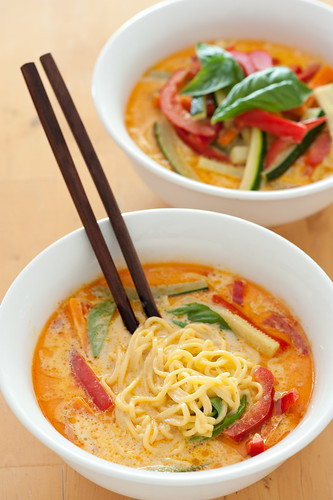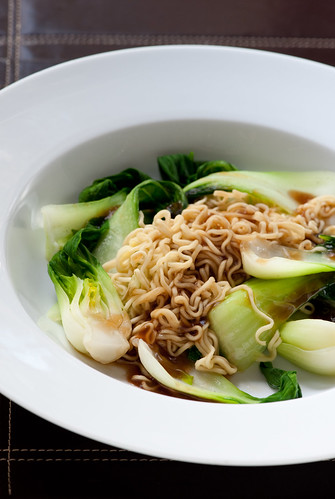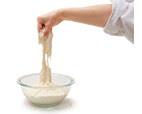By cooking your own dried beans, you save money, reduce sodium and get better flavor along with, surprisingly, more vitamins and minerals. If you can't use the whole batch, freeze surplus cooked beans for later use in soups, salads and dips. The range of time for cooking beans is wide and varies with the age and the type of beans selected.
- 1 pound (2cups) dried beans, such as cannellini beans, black beans, kidney beans, black-eyed peas, great northern beans or pinto beans
- 1 onion, chopped
- 4 cloves garlic, minced
- 6 sprigs fresh thyme, or 1 teaspoon dried
- 1 bay leaf
- 5 cups boiling water
- 1/2 teaspoon salt
- Soak beans in enough cold water to cover them by 2 inches for 6 hours or overnight. (Alternatively, use the quick-soak method: Place beans in a large pot with enough water to cover by 2 inches. Bring to a boil over high heat. Remove from heat and let stand for 1 hour.)
- Drain the beans and place them in a slow cooker. Add onion, garlic, thyme and bay leaf. Pour in boiling water. Cook, covered, on high until beans are tender, 2 to 3 1/2 hours. Add salt, cover, and cook for 15 minutes more.
NUTRITION
Per cup: 260 calories; 1 g fat ( 0 g sat , 0 g mono ); 0 mg cholesterol; 48 g carbohydrates; 0 g added sugars; 15 g protein; 19 g fiber; 201 mg sodium; 726 mg potassium.
Nutrition Bonus: Folate (61% daily value), Iron (25% dv), Magnesium (24% dv), Potassium (21% dv), Calcium (15% dv).
Carbohydrate Servings: 2 1/2
Exchanges: 3 starch
From Eating Well.
 From
From 


